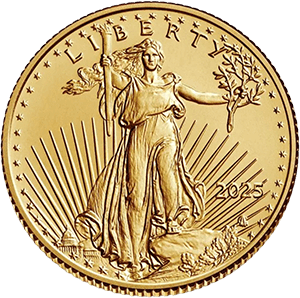
On September 4, 476, the commander Odoacer seized control of Ravenna and compelled Romulus Augustulus—the teenage figurehead installed by his father Orestes—to abdicate. Odoacer sent the imperial regalia to Constantinople and ruled Italy as king, acknowledging the Eastern emperor but exercising authority on his own. Later chroniclers turned that quiet administrative transfer into a symbolic ending for the Western Roman Empire, a way to mark with a date what had already unfolded over decades.
The road to Ravenna was paved by attrition rather than catastrophe. Western finances were brittle after a long century of civil wars, the loss of North Africa’s grain and tax revenues to the Vandals, and the growing dependence on federate troops whose loyalties were personal and regional. Imperial offices continued to function, but real power drifted to strong generals—Stilicho, Aetius, Ricimer, and finally Orestes—who made and unmade emperors as frontier pressure mounted. By the time Odoacer’s men demanded land and pay in 476, the title “emperor” in the West had already become more ceremony than command.
What changed after the deposition was less the fabric of daily life than the stamp on authority. Odoacer and the rulers who followed him in Italy retained Roman taxation, law, and administration because these systems worked. Latin remained the language of public life. Christianity, mediated through bishops and monastic houses, carried forward the habits of Roman record-keeping and education. Even as long-distance trade contracted and cities shrank, municipal institutions and rural estates adapted rather than vanished. For many communities, the end of imperial pageantry did not mean the end of Roman ways.

The deposition’s geography matters. Ravenna, protected by marshes and connected to the Adriatic, had been the Western capital since Honorius moved there in the early fifth century. From this watery stronghold Odoacer could honor the fiction of a single Roman imperium while inaugurating a post-Roman politics of Italian kingship. East and West continued to interact: the Eastern court recognized Odoacer’s position even as it favored rivals like Theodoric in the 490s. The “fall” of 476 is thus best read as the consolidation of a transition already underway rather than the sudden collapse of a civilization.
Later writers debated whether 476 closes an age or opens one. Modern historians often stress continuity—what we call Late Antiquity—over apocalypse. Yet the date endures because it is memorable and because it captures a psychological truth: Romans in the West no longer looked to a Western emperor for protection or policy after September 4. The crown slipped, and a different Europe began to take shape.










